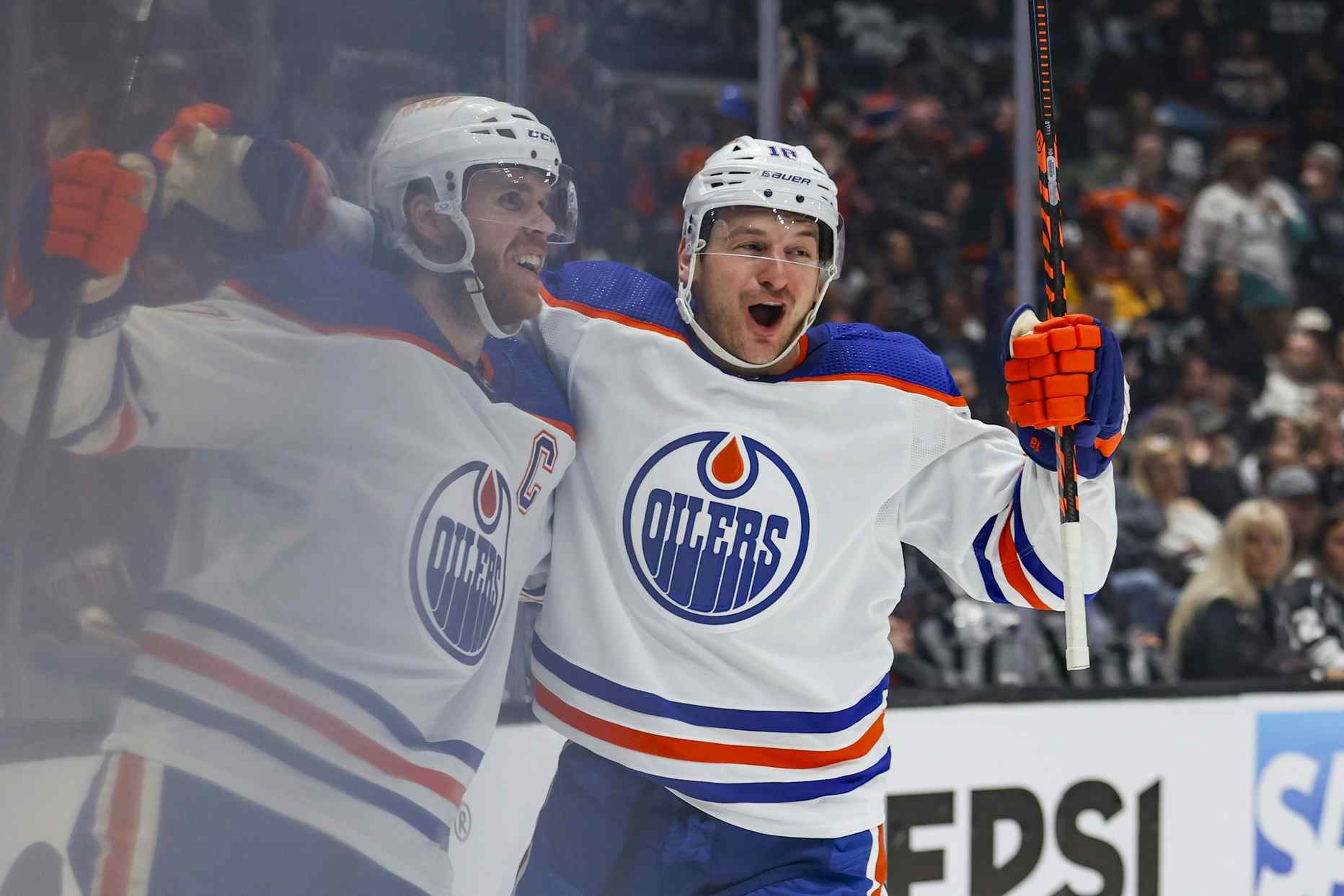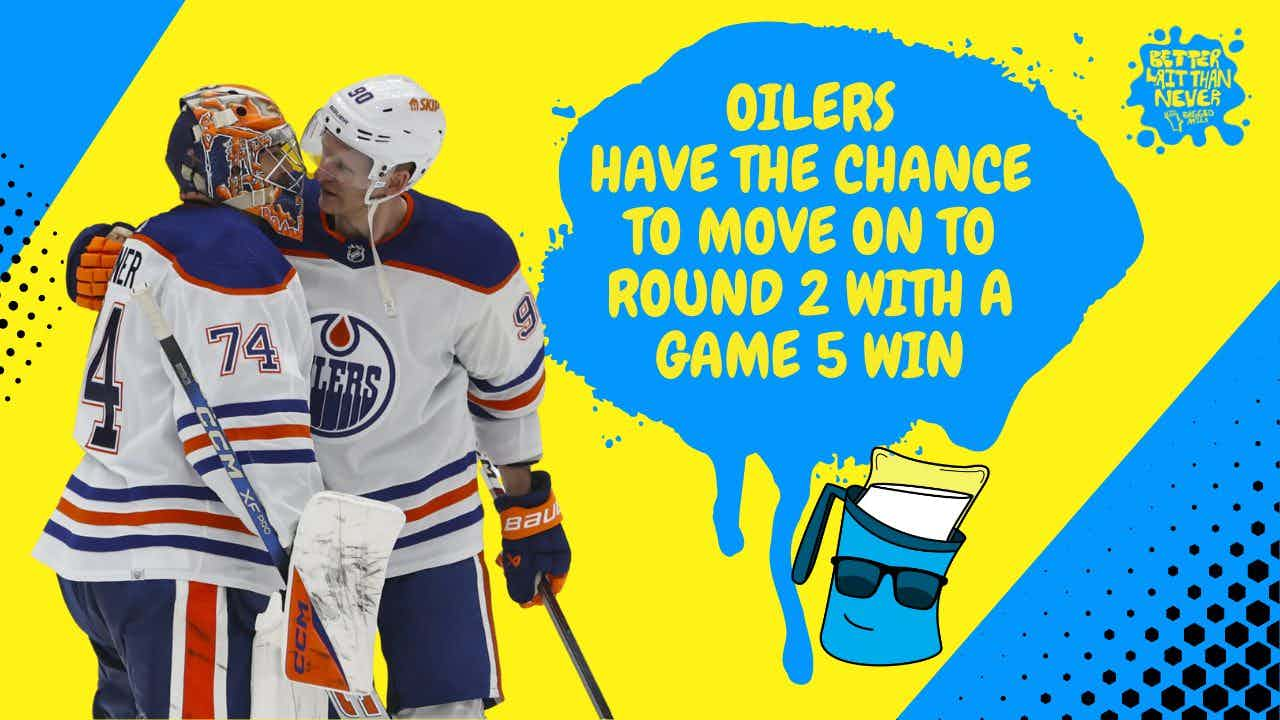Keep your head up, son!
I get asked all the time what is the most important skill for a young hockey player to master. I have spoken to many experts in this area and they confirmed my own opinion. Skating is the answer. I have always believed if a player can skate, get around the ice quickly and efficiently they have a chance to contribute to the game.
I am starting to think that there is another skill that is not above skating but right below it in terms of importance. On-ice awareness.
The more hockey I watch at all levels the more this becomes evident. If a player has his head up he can find the open man to make a pass to them or get open to receive a pass. Being able to recognize who the dangerous player is on the ice and where on the ice he is, is a skill in itself that takes time to develop.
A huge part of on ice awareness has become and is self-preservation. Take a look at the video below.
Team Canada dumps the puck in and Slovakian defenceman Patrick Luka goes back to retrieve the hard rimmed puck. I don’t know if thought he was just in a shinny game or he had just paid his two dollars for public skating but he has no idea what is going on around him on the ice. He doesn’t even bother to take a look up the ice. He simply follows the boards around, waiting for the puck to catch up to him. No clue!
Anthony Camara comes right down the boards and runs him right over! I loved it! A legal hit if I ever saw one. Unfortunately for Luka he was not able to get off the ice on his own. I never like to see that; I am not a barbarian. That being said, the responsibility for this hit is on Luka. He needs to get his head up and protect himself.
Are we teaching players, young and old to be prepared for contact? Hockey is a physical sport. Young players need instruction in this area. I have heard many stories of players leaving the sport when hitting comes into games. Maybe if there was an emphasis on getting players to understand the dangerous areas of the ice like five feet from the boards less kids would get hurt. There will always be injuries but with more instruction I believe more hits could be avoided.
There is also a need for players to protect themselves. Can anyone remember Mark Messier getting run over? I watched a lot of his games and I can’t remember him get slammed. There were two reasons for this. One, he had great awareness of where opposing players were coming from. Two, he never let himself be a victim of a hit without giving something back.
Just because hitting is a part of hockey doesn’t mean you need to accept getting hit. Messier understood this very well. When a player was coming to hit him his stick would go up as well as his elbows. It made delivering a hit a lot less enjoyable for the hitter and took some of the steam out of the hit. Often, players are in vulnerable positions along the boards. This is an area where having your stick high deters other players from running you.
I often think of Taylor Hall versus Drew Doughty. Hall has a tendency to fly up the ice without to much concern as to who may be lining him up. Drew has good timing and has made Hall fly a couple of times. Taylor needs to start getting dirty. When Doughty comes to run him put his elbow or stick around Drew’s chin.
I go back to Messier, what kind of reputation did he have? I don’t remember players wanting to earn one by messing with him, the outcome was too unpredictable. Another guy who was a master at this, although it may surprise many was Peter Forsberg. He was the master of the reverse hit!
A reverse hit is when a player waits till the last second before a player hits him and he hits the hitter. It surprises the hitter big time. Forsberg would often do it in the corners. Quite often the guy coming to hit him would end up on his ass and Forsberg would have a clearer path to the net. It was a great play. He wouldn’t accept being hit.
One last thought on this hitting topic that has been bothering is the diving. Check out this sell job that Tomas Mikus does after being hit by Team Canada’s J.C Lipon.
I don’t dispute it was a dirty hit by Lipon but did Mikus have to flop around on the ice after? This is the part of the game I literally hate. I can’t stand seeing guys lying on the ice when everyone knows the player is fine. All Mikus was trying to do was sell a five minute penalty to the refs. It is brutal and not the way hockey should be played.
I’ve never understood the motivation? Why show weakness? Unless your legs are broken or something very serious has happened, go to the bench. Nine out of ten times players can get to the bench. If you are cut, go to the bench, which is where help is. Bad shoulder, your legs still work, get to the bench. Blocked a shot off the side of your foot, you guessed it; ice is one the bench, go to it!
Not only does Mikus lay on the ice for too long, he ends up scoring the goal on the five minute penalty call! Wow! This guy must be a fast healer! I would like to see a rule put into the books that would be the following. A player who lays on the ice for longer than five seconds after receiving a blow that resulted in a penalty cannot play on the ensuing power play. Very simple and clear. How many players would stay on the ice? Very few, if any. Trust me!
Hockey is a physical sport. I like watching it played that way. I have no issue with Team Canada playing that way at the World Junior Championships. As a hockey playing nation we have a responsibility to teach our players the skills required to compete in that style of hockey.
It is enough to simply say ‘Keep your head up, son’.
Recent articles from Jason Strudwick





